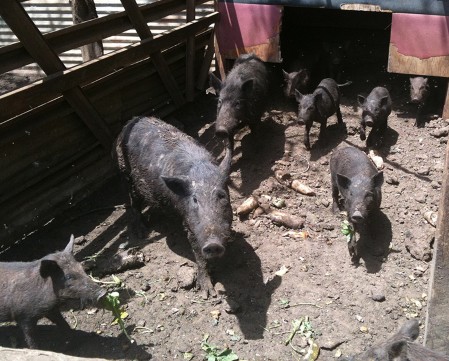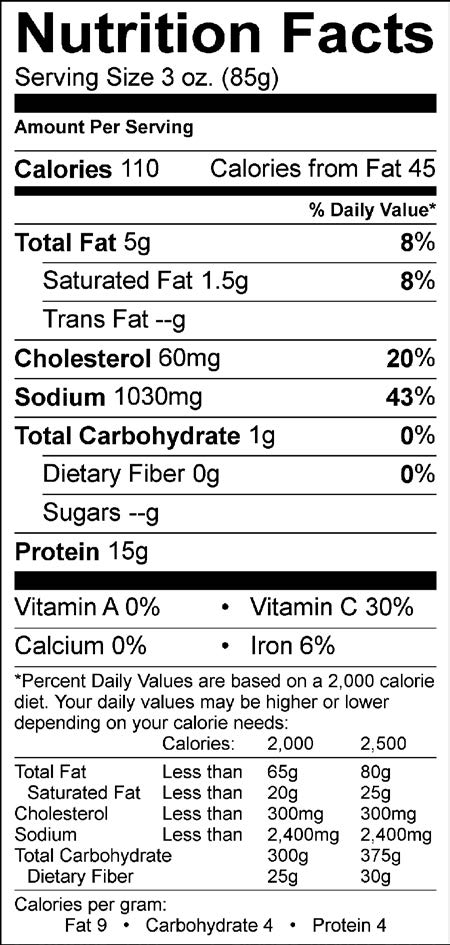Pig (Sus Spp.)



Catch mature pigs in forested areas using traps, baits, and/or guns.
Meat can be brined, dry-cured with salt, smoked, or frozen for long storage. Keep blood in the refrigerator.
J. Hollyer


Pigs are both hunted wild and farm-raised in the Pacific islands. The two generic types of pig are the feral pig (Sus scrofa) which are often long-snouted, and the domesticated swine or hogs (Sus domesticus) that are often with shorter snouts than feral ones. Fur color varies but is generally dark grey to black or brown. Both are widely distributed and legally hunted year-round (Conry, 1988; Haden, 2009).